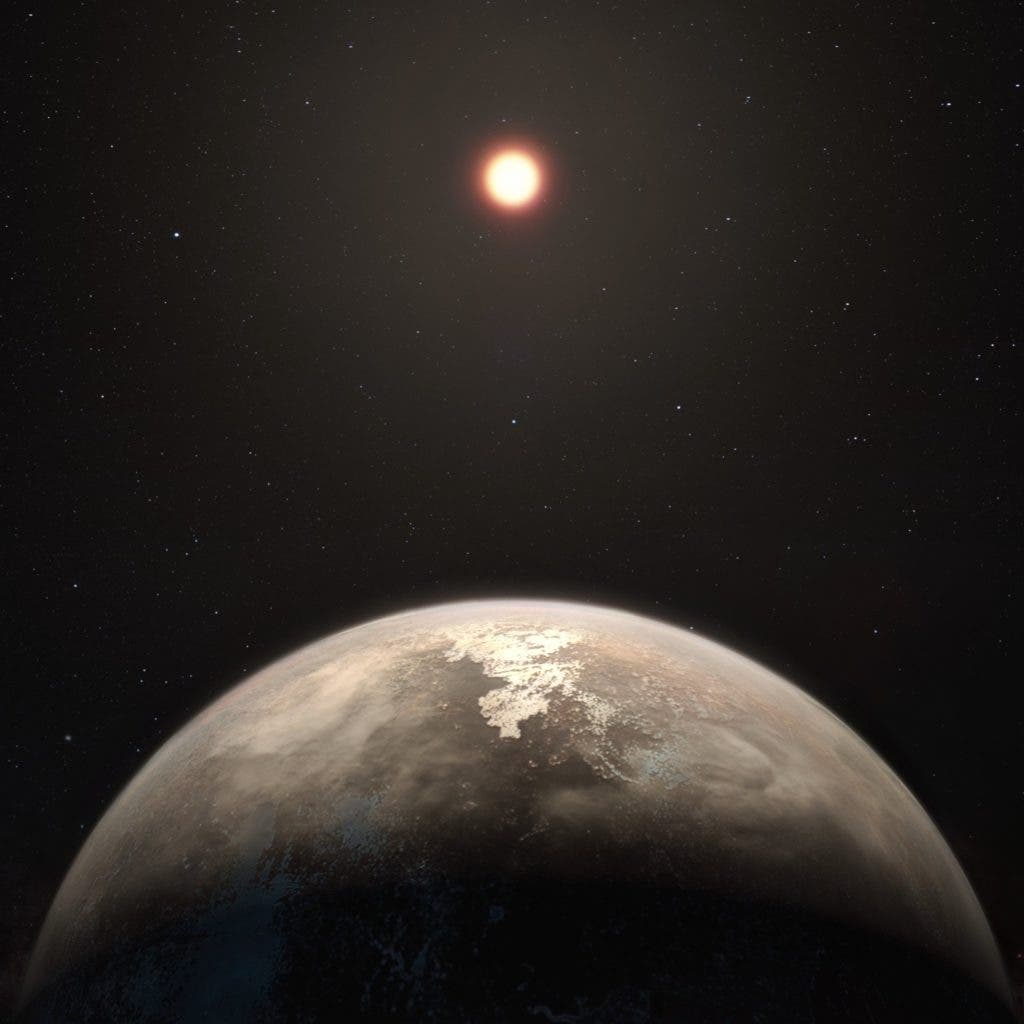Only 11 light-years away, astronomers have found an alien planet that looks very similar to Earth in terms of both size and temperature. The exciting new exoplanet might even be habitable as scientists suspect conditions might be ripe for liquid water to form on the surface.
A lot has changed since the first exoplanet was discovered barely 20 years ago. The now-defunct Kepler Space Telescope has discovered no fewer than 5,000 potential worlds, half of which have been verified and confirmed as genuine exoplanets. The sheer diversity is staggering too. We now know of hot Jupiter-sized giants, super-Earths up to ten times more massive than our home, ocean planets, and even rogue planets that wander through the emptiness of space. Earth-sized worlds orbiting a star’s habitable zone are far rarer, though. Kepler has confirmed a tad over 30 such alien planets which is why the recent discovery of Ross 128 b is so exciting.
Astronomers working with ESO’s High-Accuracy Radial-Velocity Planet Searcher (HARPS) had to make over 160 measurements of the star Ross 128 before they could identify the exoplanet signal.
To find Ross 128 b, scientists used the HARPS instrument to analyze changes in the starlight’s spectrum. Stars like Ross 128 move ever so slightly due to the gravitational influence of nearby objects, and by studying the patterns of blueshift and redshift, scientists can infer if there’s an exoplanet in orbit.
The exoplanet orbits a red-dwarf star, which is smaller and colder than our sun. On the upside, the planet orbits closer than Earth to its parent star, such that the two planets’ temperatures should be quite similar. Located only 11 light-years, Ross 128 b is the second-closest temperate, Earth-sized exoplanet that we know of. The closest such object is Proxima b, located four light-years away in Proxima Centauri which is also the nearest star to us.
The findings appeared in the journal Astronomy & Physics.










